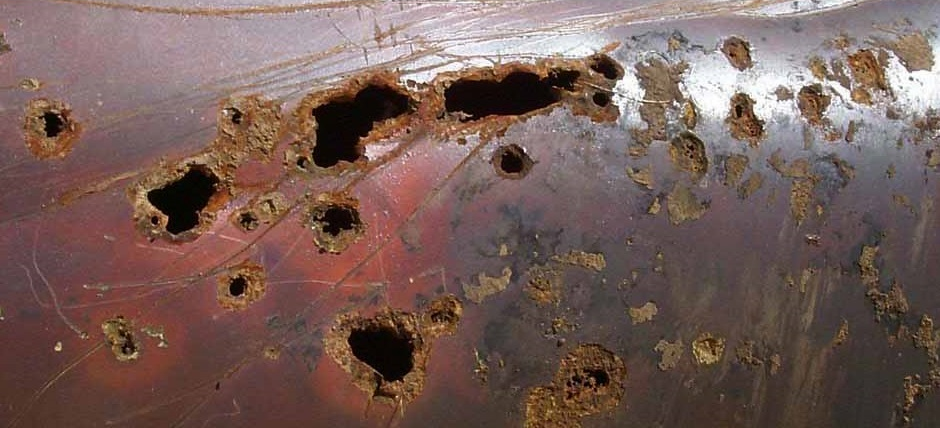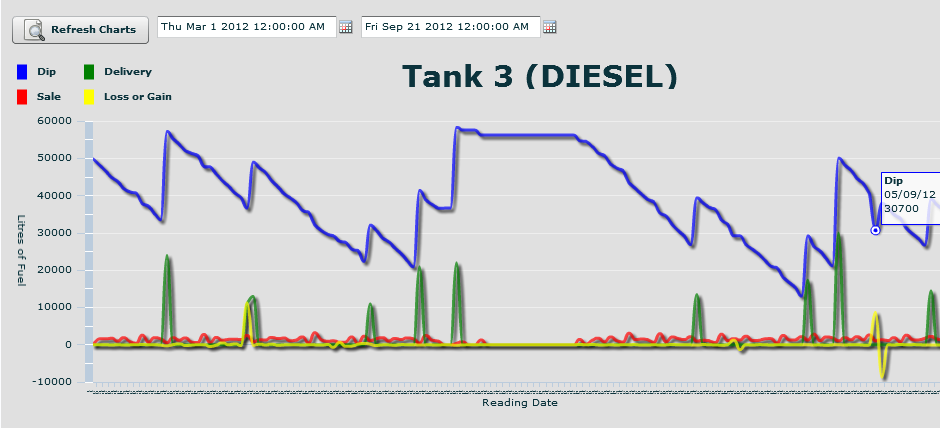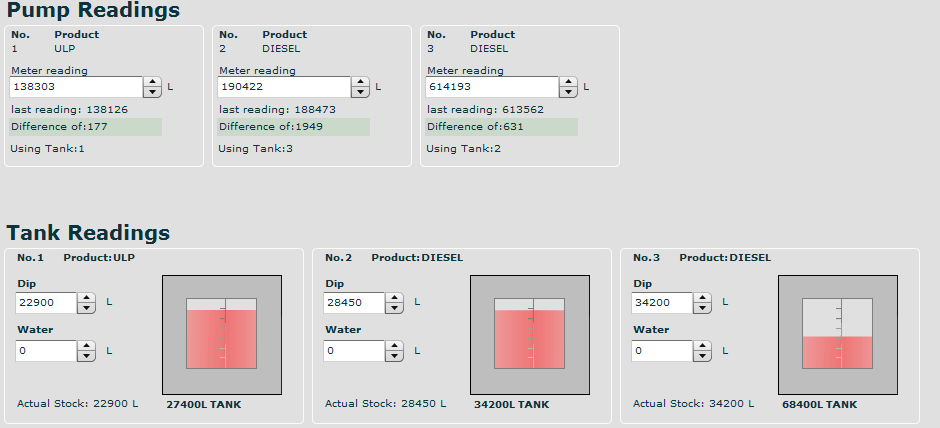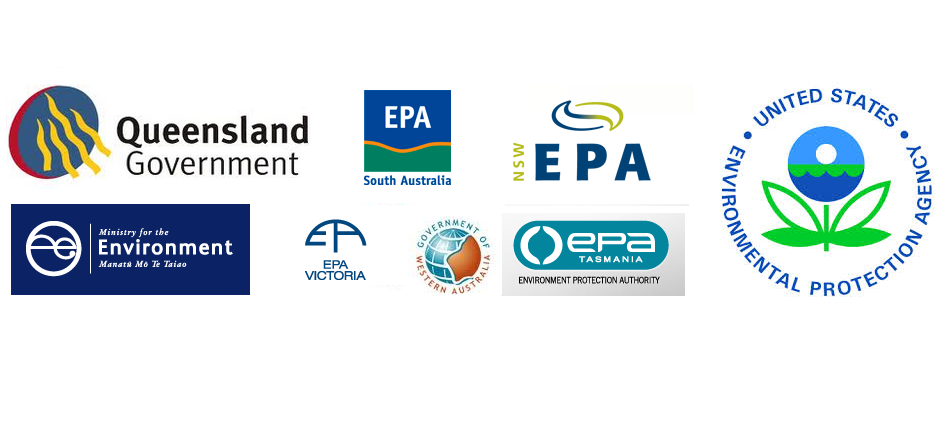UPSS Leak Detection
sourced form www.epa.vic.gov.au 14/11/2013
It is necessary for owners/operators of UPSS to take all practicable measures, commensurate with the risk posed by a UPSS, to detect leakage of any product from any UPSS. This is an important aspect in preventing pollution23 and ensuring that a UPSS does not cause an environmental hazard24 or pose danger to people or property.
As a practicable measure to prevent pollution, every UPSS needs to be operated under a leak detection system.
The leak detection system needs to monitor the UPSS with sufficient frequency, sensitivity and reliability to provide a high level of confidence that a release will be detected in sufficient time for a response to be implemented before a significant risk is posed to human health or the environment.
Section 4.1 provides practical guidance on the leak detection measures necessary to protect people, property and the environment for both new and existing UPSS.
The owner/operator of the UPSS should maintain records of all aspects of leak detection including leak detection system design, procedures, responsibilities, system checks, inspections, and results of groundwater monitoring results where relevant, in accordance with section 2. Refer to Appendix 5 for a summary of record keeping requirements.
Notes regarding leak detection:
Tank pit observation bores
are necessary at all new installations (in accordance with Table 1, section 3.2) as back up to the leak detection system. Tank pit bores should be inspected periodically for product (for example, weekly).
Groundwater monitoring
is not, in itself, a sufficient leak detection method because the product has already migrated to groundwater at the time of detection. However, any leak detection regime for a sensitive site needs to include groundwater monitoring as an additional precaution. Effective monitoring of groundwater incorporates periodic observation for separate phase hydrocarbons and may also involve sampling and analysis for dissolved contaminants.
Equipment integrity tests (EITs)
are not considered adequate as a method for ongoing leak detection (due to limitations in the testing frequency). EITs may be useful, however, as a diagnostic tool to assist in confirming and isolating a leak that has been detected using another method (refer to Table 3), and in confirming the integrity of a system following installation or repair.










